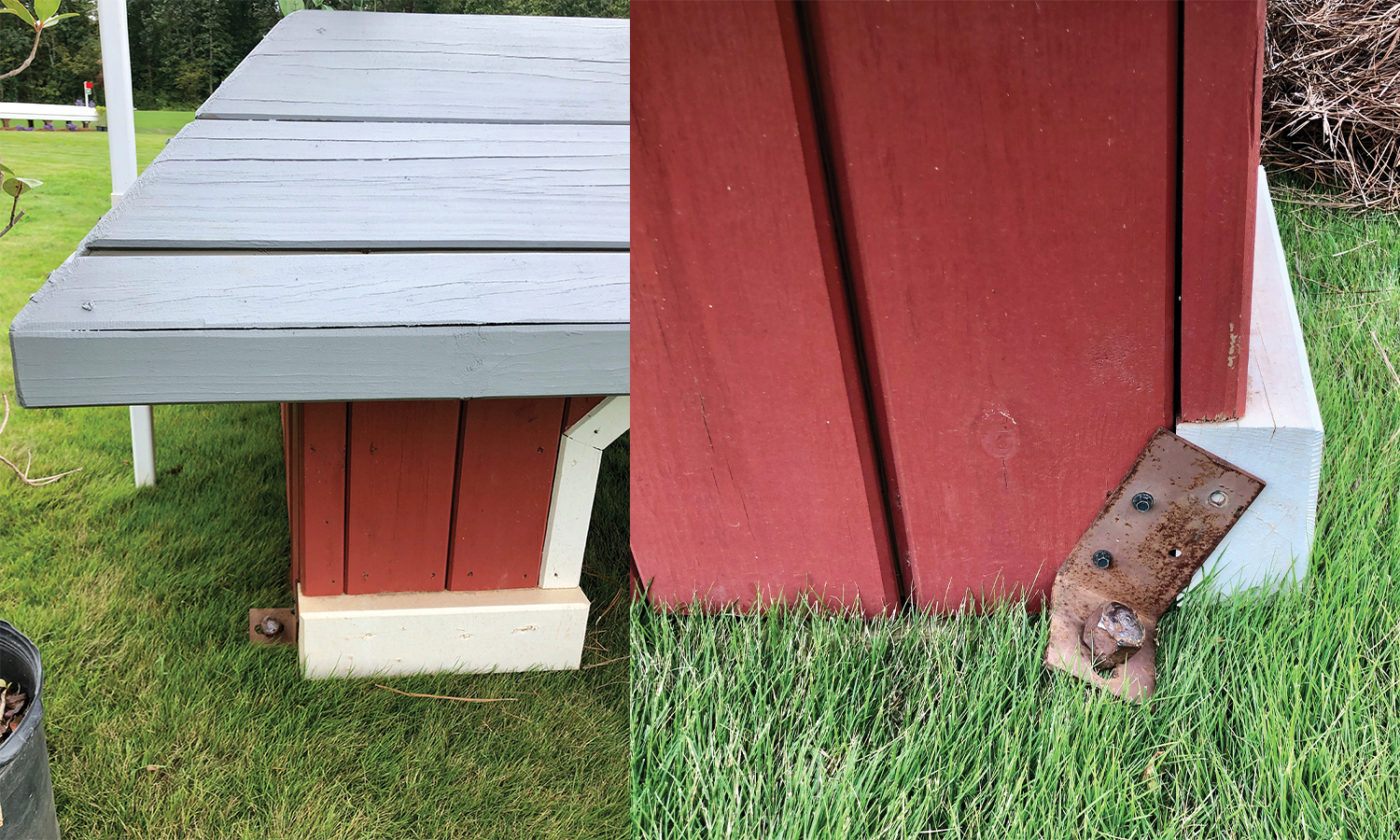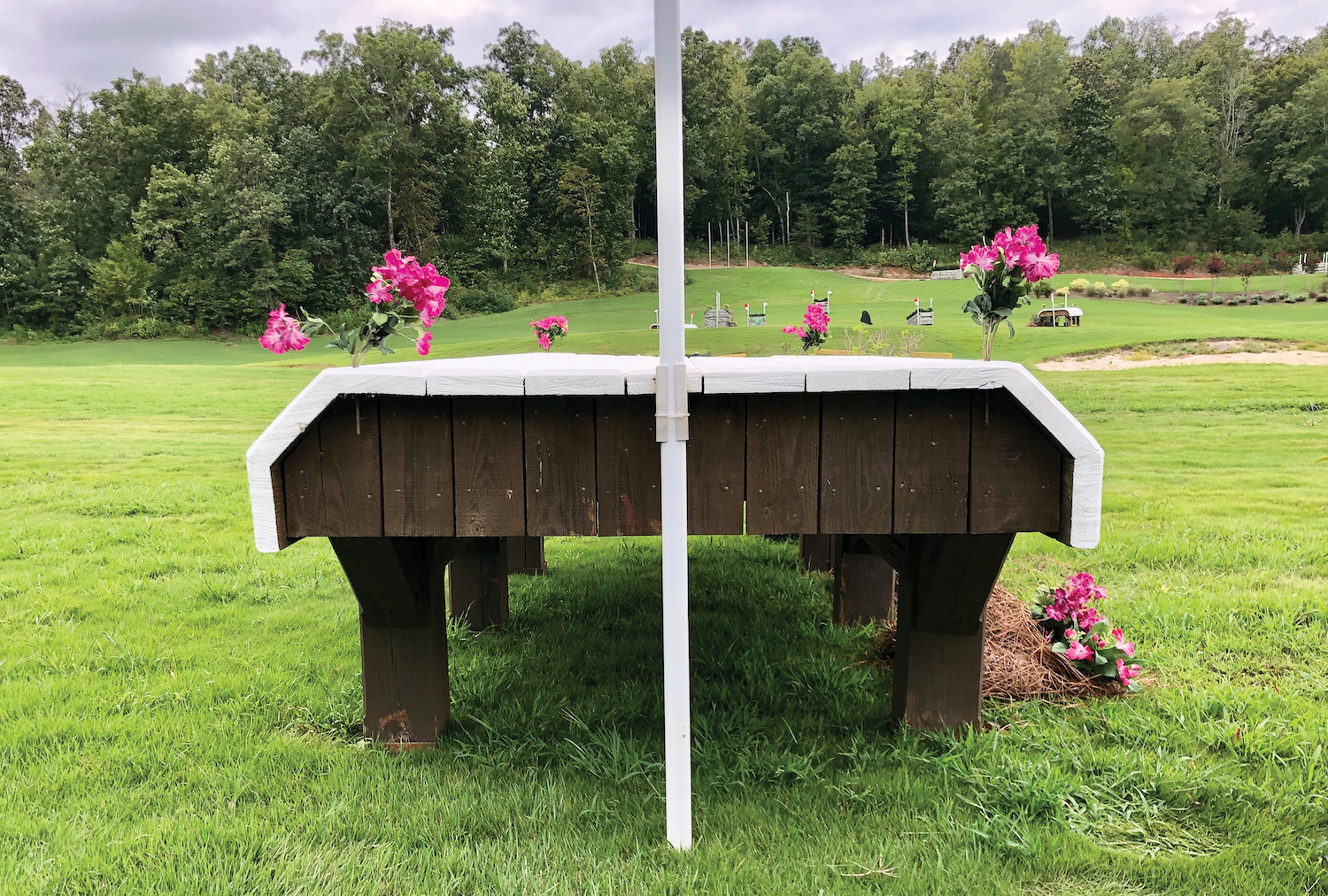Renew Your USEA Membership for the 2023 Season Today LEARN MORE

This article originally appeared in the September/October 2020 issue of Eventing USA magazine.
The USEA Eventing Licensed Officials Committee will be writing a series of articles relating to current rules from the USEF Rules For Eventing and how they are interpreted and implemented. The committee feels that transparency is important, and want to keep everyone current on the rules and how officials are expected/required to implement them.
As a rider, coach, and designer, I think trusting your gut instinct is a key element to success! Do not be afraid to ask questions. Talk to your trainer, to the officials, and those around you. If you are unsure of the best approach for a line, or a particular obstacle continues to stand out in your mind, talk it through with someone until you become clear on your plan. Discuss the way you interpreted the questions and what your first reaction was. Talking through your thinking and interpretation of a course or obstacle often helps us learn and grow, not only as riders, but as members of the sport in a variety of capacities.
As a course designer, there are a few things I encourage competitors to look for and check each time you walk a course.
Portable fences need to be able to move, how then are they secured?
With portable cross-country jumps, it is important to notice whether or not they are staked into the ground. Think about what the stake is preventing if something were to go wrong. Stakes are placed on the side of a fence to secure it from tipping or sliding.
Portable cross-country jumps can be anything from tables to roll tops to steeplechase fences or more technical things like corners and chevrons. Jumps that are not firmly secured by posts dug into the ground or by other means of “grounding” (such as stone walls or naturally occurring obstacles), should be staked and secured. This prevents the jump from moving in any way that could potentially cause harm to a horse from stopping into the obstacle, banking off of it, landing on top of it, or simply forgetting a leg upon take-off or landing.
Do tables have a defining edge?

Current studies into how horses view fences have greatly improved our knowledge over the last few years. They have shown, while traveling at speed, in order for them to be able to quickly assess the height, width, and leading-edge (of a table in particular), several things must be defined. The most important of these being the corners of the table. By defining the corners, the horse can see the front or leading edge to determine the point at which their mass must be at height, as well as the width they must carry that height across.
If a table is not designed at 45 degrees, several additional things can be done to define the leading edge. These include the addition of taller decorations to bring the horse’s sight line up or paint variation across the top of the front edge of the table. Horses can view things on the side of their vision the longest, meaning the first thing to disappear in front of a horses’ face is the middle of the jump. If we are successful at helping a horse judge height and width of a fence within seconds of viewing it, we increase their ability to successfully clear it in its entirety.
Is necessary contrast present?

Contrast is an incredibly important element in helping horses navigate jumps successfully and several elements can be factors in establishing ample contrast. Jumps in the dark, for example, are often hard to see without proper contrast and decoration. Shadows being present or certain lighting can also come into play when organizers assess the time of day to run a certain level for these same reasons. Sometimes a jump in total sunlight will look very different at 5:00 p.m. than when you will be galloping toward it at 8:00 a.m. It can be helpful, if possible, to walk within an hour or so of your competition time to help you determine how your horse will view the jumps.
Oftentimes decorations are placed on fences to help define edges that may appear dark or “false” at a certain point throughout the running of the division by using brightly colored flowers along the top edge. The background can play a role as well in a number of ways.
Noticing the background of a fence will help you to look for contrast. Fences that are natural wood or pressure treated tend to be a similar color to the ground and can often be misread by both horse and rider. The same thing can happen with a white railed oxer or panel along a white fence line. These things happen frequently, and officials can often find a fix for helping to increase contrast. This can be as simple as adding a stripe on a rail or finding a way to define the leading edge with the addition of a set of flags on both the front and the back of the fence.
Are the fences the appropriate shape and angle?
Keep an eye out for any sharp edges where a horse’s leg could get hung up if one leg is slower off the ground than the other. Rounded shapes, such as logs, are the best style jump to be jumped without what designers call a “leading edge.” When jumps are built out of dimensional lumber, it is important to strive for a 45-degree leading edge (such as the one pictured above) to help if the horse accidentally leaves a front leg.
Safety is everyone’s responsibility. As course designers, safety is at the forefront of our minds. As the level of difficulty increases, the questions become more challenging, but certain parameters should continuously be met. As riders, if you feel something is not appropriate to the level, or have questions regarding particular elements in any regard, I urge you to bring those forward to officials, rider representatives, designers, and your peers. Respectful discussion and explanations are how we all grow and continue to improve! No matter how safe we work to make each course as designers, we must also work as riders to be sure our horses and ourselves are properly educated and prepared for the level we take on.
Please send questions or other topics that you would like to see discussed to Nancy Knight at nancy@useventing.com.
Did you enjoy this article? Want to receive Eventing USA straight to your mailbox? Members receive Eventing USA as part of their USEA Membership or you can purchase individual issues from the USEA Shop.